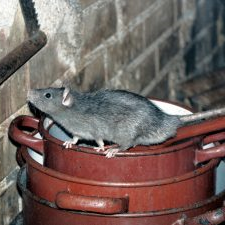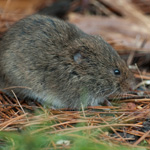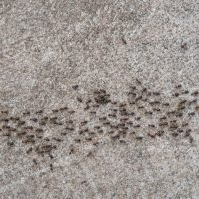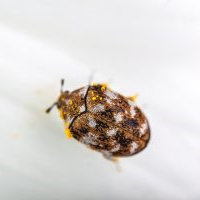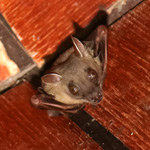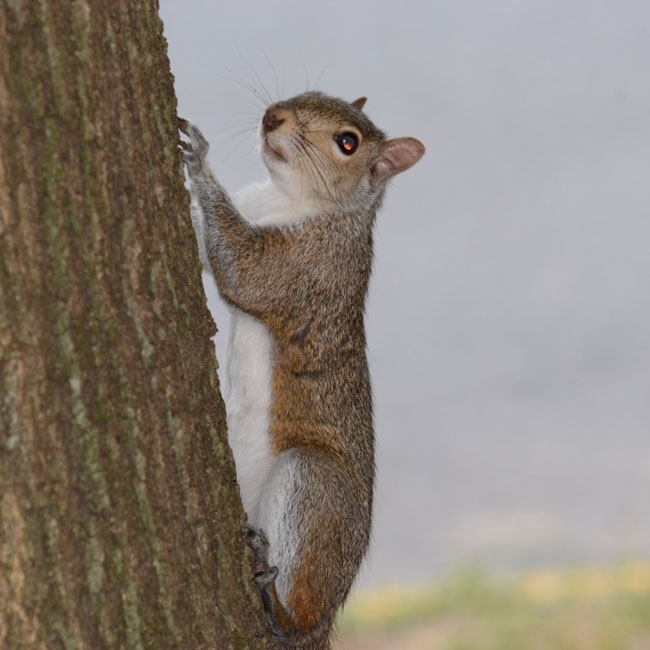Pavement ants can be a nuisance in virtually every state when they emerge from their ground nests and enter homes in search of food. They’re called “pavement ants” because they tend to live beneath areas such as cellar slabs, driveways, brick or stone patios, sidewalks, as well as in and under organic hiding places, such as logs and in mulch.
The nests of Pavement ants can be easily identified – they tend to push up little mounds of sand and soil as they excavate their tunnels. Often times you’ll notice these mounds of sand and dirt between cracks in the pavement and patio blocks. A typical pavement ant colony has between 3000 and 5000 ants, while a large colony could harbor as many as several tens of thousands of pavement ants.
In addition to identifying pavement ants by their distinctive mounds of sand and soil, you can differentiate them from other common ants such as carpenter ants by their brownish-black color and tiny size – often no more than 1/10 to 1/16 of an inch in length. Pavement ant legs and antennae tend to be pale-colored and if you look at them under a magnifying glass, you’ll notice their antennae have twelve segments and there are parallel lines on the head and body, or thorax.
Pavement ants are sometimes mistaken for termites, but they do look different – pavement ants have a narrow waist, while termites have a uniformly thicker body and are much larger. Also, termites have straight antennae while pavement ants have antennae that are “elbowed.”
If you suspect you have pavement ants, keep in mind that these colonies can be very difficult to locate and often times even harder to eliminate. You may want to consider contacting Safetech Pest Control who have licensed technicians and many years of hands on experience. Safetech Pest Control experts can quickly determine if pavement ant colonies are present and can eliminate your pavement ant problem quickly and efficiently.



